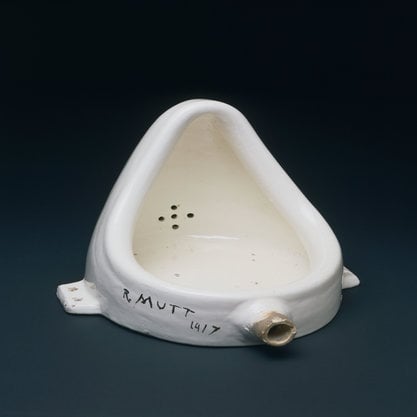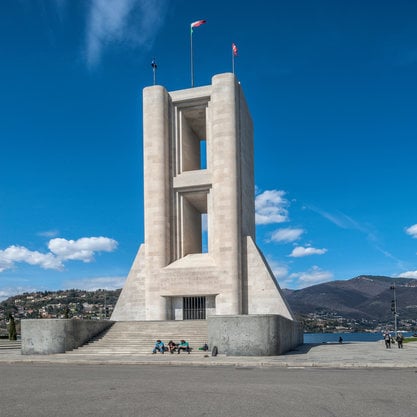Article
Manifesto By Waszczuk, Cathy
Article
A manifesto is an articulation of a particular (sometimes numerically or hierarchically ordered) set of theses that correspond to a political or aesthetic movement. In early forms, manifestos appeared as religious, then legal, tracts and gained prominence in sociopolitical discourse in the seventeenth and eighteenth centuries. According to Janet Lyon, the manifesto sets out the particular terms of exclusion or repression of a minority group by a majority oppressor, activating a complex binarity of inclusion (of sympathetic individuals or movements) and rejection (of the dominant order against which the group identified in the manifesto defines itself). The manifesto was the preferred form of aesthetic proclamation for early twentieth-century modernist and avant-garde art movements, including, notably, Futurism, Vorticism, Dada and Surrealism.





